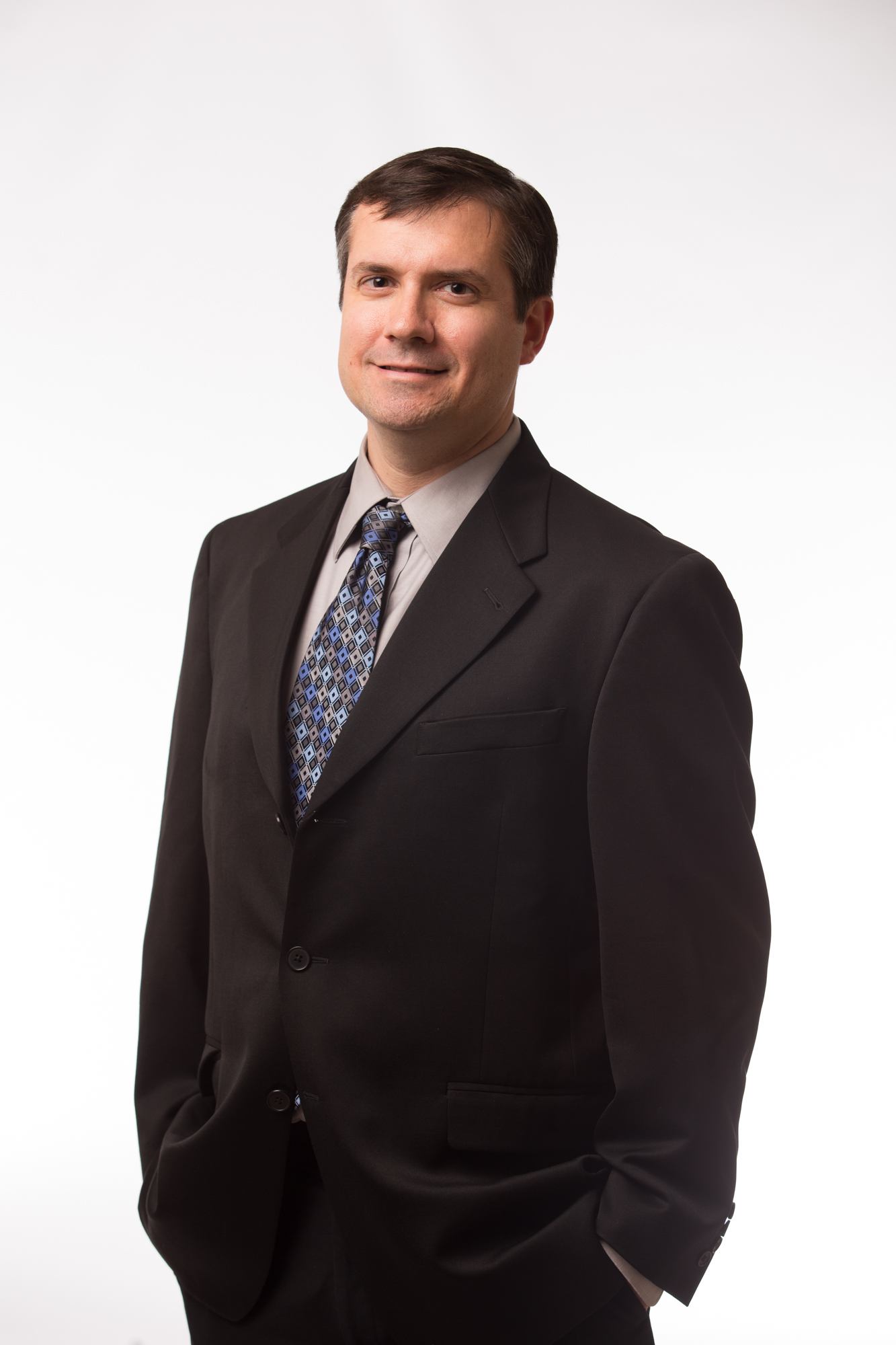How do communities work to create the perfect public parks for everyone? It’s a challenge, particularly with a large park system.
The city of Omaha, Nebraska, has more than 230 municipal parks, the largest system in the state. That doesn’t make parks any less necessary for the social well-being of a community.
Tracy Stratman is the Recreation Manager for the City of Omaha Parks, Recreation and Public Property Department. On May 26 she presented “Parks = People + Partnerships” at the annual Neighborhoods, USA conference in Memphis. She examined the idea of the rarity of perfect public parks and how communities can create neighborhood champions by working with others.
“My passion is that parks are essential to all aspects of life,” she said. “For social function, development, mental health, physical health, the economic and environment impact a community has from a park system.”
Among the partnerships that work in Omaha is with the University of Nebraska at Omaha. Using the school’s summer works program, students have created public murals and work in the parks.
But not all partnerships are smooth or without controversy. A few years back, the city of Omaha decided to replace Rosenblatt Stadium with a downtown park. The stadium was the longtime host of the College World Series and Omaha’s minor league baseball team. The stadium since has been torn down and the property now is used by the adjacent zoo. Not everyone was happy.
“In every community there are people that have this idea of a park that is well-manicured. You look at the grass. It’s almost art work,” Stratman said. “Then there’s another group who are the picnic goers who like to sit under the tree or allow their kids to climb the trees. From a municipal standpoint I have to find a way to appease both of those groups.”
Sometimes that means finding another park that can work for a given group. But Stratman warns against compromise in partnerships. Compromise means one of the groups loses. She prefers collaboration.
Stratman has spoken at previous NUSA conferences. Two years ago she spoke about what she calls the power of one, which means adding another point of view to an organization’s line of thinking to bring change. In Omaha, that includes a joint facility called Saddlebrook Community Center. The center is home to three entities under one roof: a public library, recreation center and school.
A number of other centers across Omaha combine two services, typically a library and rec center or school and rec center.
Other partnerships include working with youth athletic associations that use fields. The athletic association maintains everything inside the fence of play while the city maintains everything that’s outside.
The city partners with foundations and organizations for everything from float for life classes for babies to storytime events at schools. A relationship with the Extension Office for agriculture services provides a summer day camp for children.
And at three of the city’s public swimming pools a partnership with the humane society allows dog owners to bring their pets for a doggie dip at the end of the season before the pools are drained for winter.
No matter how the parks are used, Stratman said one important point to always remember is that the facilities are open to everyone.
“We take such pride in our parks as showcases for the city, whether it’s a baseball field for the College World Series or playgrounds at a historic park, we feel they create a welcoming environment to anyone and everyone,” she said. “From a broader sense parks don’t discriminate whatsoever. I think that parks and play is essential to everyone’s development. You’re able to escape the cement jungle, if you will, and forget where you’re at depending on where you are in what city.”
Enjoy this story?
Sign up for free solutions-based reporting in your inbox each week.

Lance is a veteran journalist with more than 16 years of experience in newsrooms in the Memphis area as a reporter and editor, including most recently as managing editor of The Daily News. He regularly contributes to The Daily News, including a biweekly travel column, The Daily Traveler.